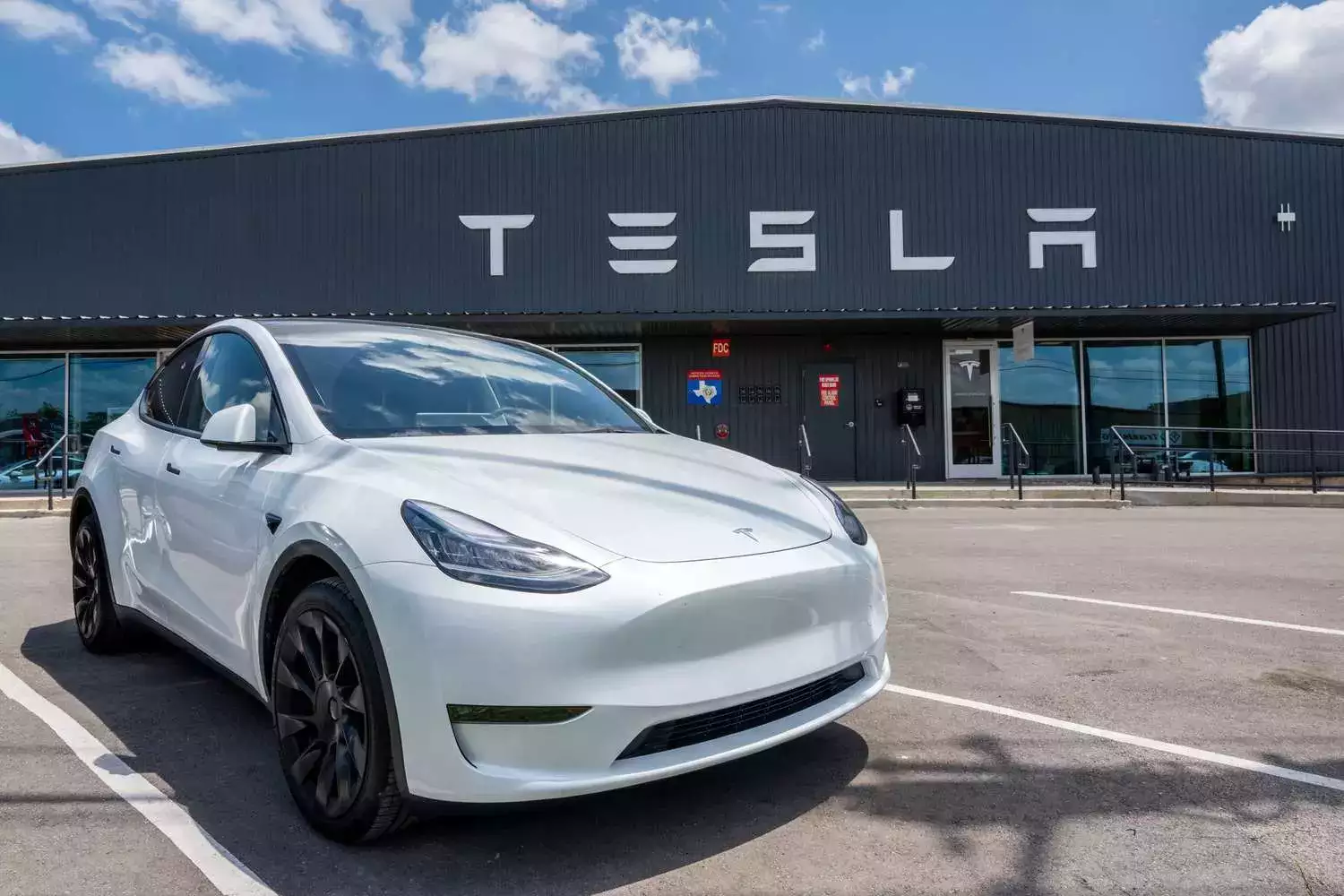Regulatory bump may stall Tesla entry into India

While Tesla is gearing up for selling its cars in India – from advertising for several job openings to scouting for showroom sites – the policy under which it can set foot in India is still hanging fire.
A senior industry representative told ETAuto that the ministry of heavy industries (MHI) was slated to announce detailed guidelines this week for the Scheme for Promotion of Manufacturing of Electric Passenger Cars (SPMEPC). Will the ministry stick to its own timeline? This person said that while draft guidelines for the scheme had been circulated among stakeholders earlier, the matter is now stuck with the Prime Minister’s Office (PMO).
“The domestic industry has already given its inputs, now I believe direction is being sought from the Prime Minister’s Office before the guidelines are released. The MHI had said that it will share guidelines in the last week of February…there has been no further discussion on the subject between the government and the industry in the last 10 days”.
Another source said that there were possible delays in the policy and that the inter-ministerial panel, which has to be set up for screening applications under the policy, has also not been constituted till now.
This panel will be headed by the Secretary of MHI and will include the CEO of Niti Ayog and secretaries of department of revenue and economic affairs, ministry of commerce and road transport and highways.
The SPMEPC was notified in March last year but since then, not even one applicant came forward to manufacture electric cars under this policy. Meanwhile, the domestic industry began asking to be included in the policy, which was earlier meant only for greenfield investments. This led to the government tweaking the policy to allow brownfield investments too. It is this revised policy, with detailed guidelines on brownfield investments’ eligibility and DVA, which the industry is now awaiting.
Chinese in or not?
The second person quoted above said that many local OEMs are a little worried over the possibility of the Chinese coming in through this route. “The policy does not specify land borders or any other criterion which can keep the Chinese at bay. What stops well-funded Chinese OEMs from coming into the country through this route, selling their cars at prices which are way below Tesla’s and giving Indian OEMs a run for their money?” this source wondered.
The first person quoted above said that the 50% domestic value-add, mandatory under the policy, should deter the Chinese from coming in. But the local Indian OEMs continue to be sceptical.
In any case, the draft of the policy has proposed penalties for OEMs which are unable to show minimum revenue from the sale of electric passenger cars in the fourth and fifth year of operations. By the fourth year, minimum revenue which the OEM needs to show from the sale of products approved under SPMEPC is Rs 5000 crore, which goes up to Rs 7500 crore by the fifth year. If the revenue falls short in the fourth year by 75% or more, for example, the penalty payable is 3% of the amount of shortfall or 3% of Rs 3750 crore, which is Rs 112.5 crore.
Tweaked policy
The tweaked policy draft, which has already been circulated among stakeholders, continues to allow import of cars with cost, insurance and freight (CIF) value of $35000 at concessional duty of 15%, as long as the OEM commits to setting up a manufacturing facility in India within three years.
Another stipulation is that such companies should achieve a localisation level of 50% by the fifth year. The annual imports of electric passenger cars under this policy have been capped at 8000 units. To qualify, an OEM should commit an investment of 500 million USD (Rs 4150 crore), show localisation level of 25% within three years and 50% within five years. This will entitle the company to import e-vehicles of CIF value $35,000 (about Rs 29 lakh) and above at a concessional customs duty rate of 15% for five years.
Also, the total number of EVs which can be imported under the new policy would be determined by “the total duty foregone or investment made, whichever is lower, subject to a maximum of Rs 6484 crore”. And lastly, the investment commitment made by each player who agrees to set up a manufacturing facility would have to be backed by a bank guarantee, in lieu of the customs duty foregone.
The only change in the tweaked policy draft is about allowing brownfield investments to also claim lower import duty on high-end cars, much of the policy has otherwise remained as it is. So now, existing OEMs -- global marquee names which are already manufacturing in India -- can also participate and avail of concessional import duty on their respective high-end cars.
But for investment being showcased by the OEM on a brownfield project, “a clear physical demarcation with the existing manufacturing facility (facilities) should be made”. The draft guidelines also state that the investment under this scheme must be confined to the applicant’s approved plant location only, though charging infrastructure set up by the OEM can be placed at different locations in the country.

